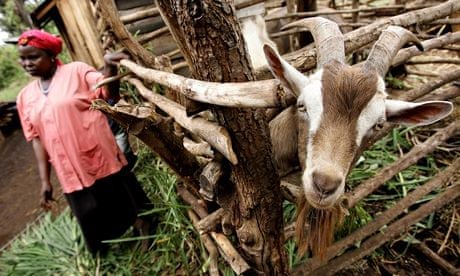
In 1798, economist Thomas Malthus predicted that the world would exceed its food supply by the late 20th century. While he was right to identify the challenges of feeding a growing population with a finite amount of land, in the last half a century agricultural production has tripled. So, how did this happen?

In 1798, economist Thomas Malthus predicted that the world would exceed its food supply by the late 20th century. While he was right to identify the challenges of feeding a growing population with a finite amount of land, in the last half a century agricultural production has tripled. So, how did this happen?
The answer: innovations in farming technology. Smallholder farmers in particular have seen a rise in productivity over the last decade. So what are the innovations making the difference? We asked our community and crowdsourced the answers.
1. Dairy hubs
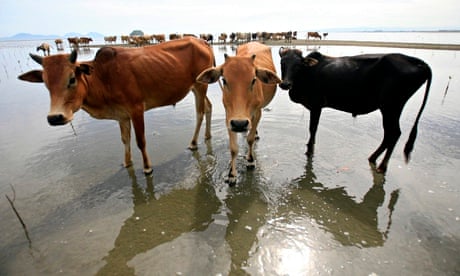
Dairy hubs link smallholder farmers to dairy processors, cutting costs and putting money back into local communities. Through this model, farmers gain higher income, education and healthier animals, while the production of safe and affordable milk in developing countries increases. These hubs have already had huge success in Bangladesh and Pakistan, and are being trialed in India and east Africa.
2. Fertiliser deep placement
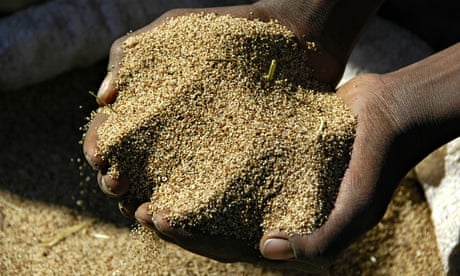
Traditionally, rural farmers apply fertiliser to crops by spreading the seeds by hand. Fertiliser deep placement (FDP) is a new way of distributing fertiliser that increases small holder yields by an average of 18% and reduces fertiliser use by a third. FDP works by using a specialised fertiliser (called 'briquette') which releases nitrogen gradually. The fertiliser is placed 7-10 centimetres below the soil, which allows less nitrogen to be lost through runoff. FDP is used by farmers across Burkina Faso, Niger and Nigeria.
3. Mobile apps

A mobile app called VetAfrica, developed by a software company called Cojengo, is enabling animal health workers and farmers to accurately diagnose livestock illness and find the most effective drugs to treat the disease. With over 100 million farmers spread across thousands of square miles in east Africa, the developers predict massive growth of mobile and cloud tech solutions in African markets.
Another innovative app our community highlighted is farming instructor, which provides online and offline agricultural information to rural farmers and their communities.
4. High-roofed greenhouses
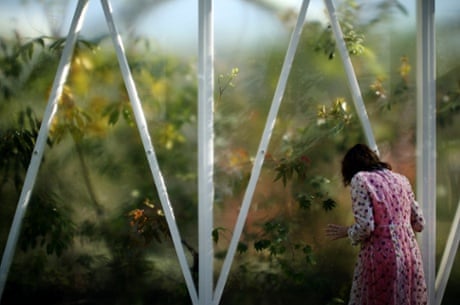
Because of government restrictions, farmers in Turkmenistan often do not have access to large areas of land. Greenhouses are a great way to increase production, although a traditional greenhouse can only grow short tomato and cucumber plants. To combat this, experts from USAid have created greenhouses with roofs of 12 feet or higher, which has been shown to double farmers' yields.
5. New feeding systems
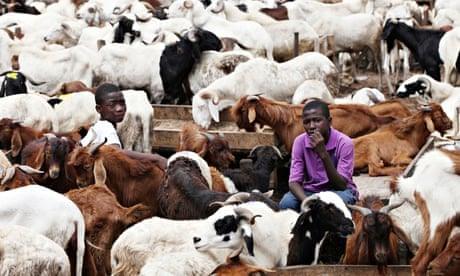
A new way of feeding farm animals, which involves weighing and blending all foodstuff into a complete ration, makes sure all an animals' nutrient requirements are met. Using a 'total mixed ration' has been found to reduce labour costs, increase animal health and give farmers greater flexibility with feed ingredients. All these factors together improve farm profitability by reducing feed costs - which make up 60-70% of total farm costs - and maximise milk production.
6. Farm management software and training

Finally, no development issue exists in isolation, and perhaps the biggest improvement for rural farmers comes from getting adequate training on animal care, pest management and crop development. New farm management softwareis available that calculates food rations and milking systems to make farm management as simple as possible.
While this technology is not widely accessible for rural farmers, farm management training has been found to make a big difference to farming output. For example, providing cows with housing containing suitable bedding and food troughs has been shown to increase milk yield and drastically improve farm sustainability.
Are there any we've missed? Drop us a line in the comments below to share your thoughts.
Original story obtained from: The Guardian website
Photo credit: Graeme Robertson, Hotli Simanjuntak/EPA, Broker/REX, Alamy, Dan Kitwood, Sunday Alamba/AP and Tony Karumba/AFP/Getty Images

